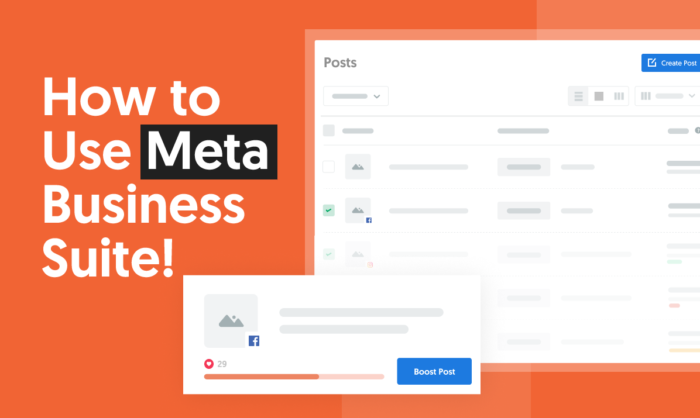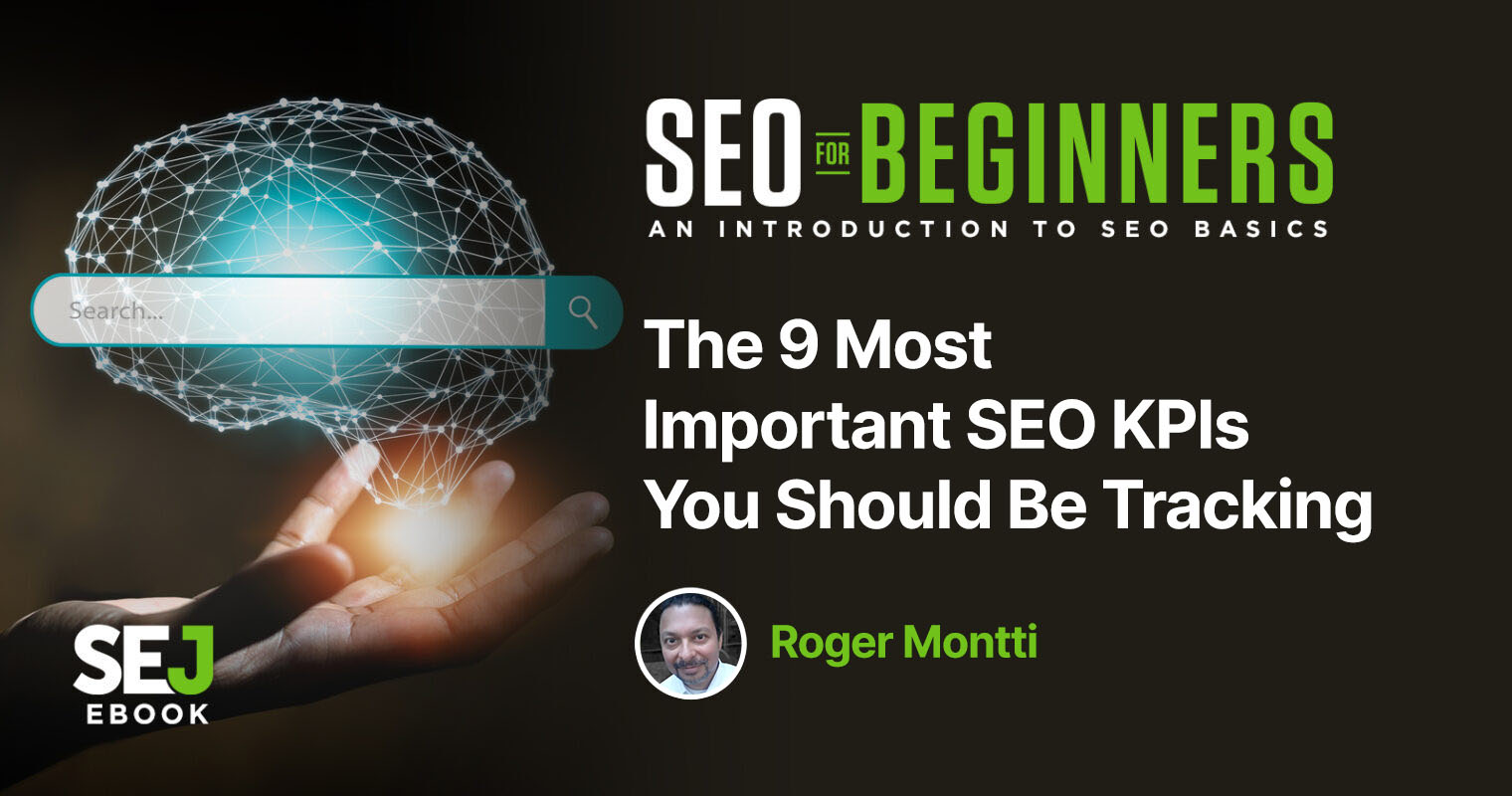How to Write a Blog Post Outline (7 Simple Steps)
But you don’t have to start your draft on an empty Google Doc. It’s much easier if you begin with an outline. Creating a blog post outline will help you: Overcome the dreaded “writer’s block.” Organize your thoughts...

Every writer knows the pain of staring for hours at a blank page and producing nothing. But you don’t have to start your draft on an empty Google Doc. It’s much easier if you begin with an outline. Creating a blog post outline will help you: In this post, you’ll learn how to write a blog post outline. Let’s get started. It’s impossible to create a blog post outline without knowing what you want to write about. So if you’ve not yet decided on a topic, you need to choose one now. Brainstorm a couple of topics you’d like to cover. If you’re familiar with the niche, there should be a few burning issues you want to address. Write about them. Otherwise, a good way to find topics is to use Ahrefs’ Keywords Explorer. Enter a relevant term into the tool and go to the Matching terms report. Switch the tab to Questions, and you’ll see plenty of potential topics to cover. Will your article be a listicle or a how-to? Or perhaps it’s an opinion piece, a review, or you’re simply covering the latest news. Whatever it is, you’ll have to decide on a format. Sometimes, the format is screaming at you in plain sight. For example, if you’re covering the topic “how to make kefir at home,” then it’s probably going to be a how-to guide. Or if you’re covering the topic “blogging tips,” then it’s probably going to be a list of tips. But sometimes, it’s not so straightforward. Is the topic “best productivity app” a list of productivity apps, a review of a particular app, or an opinion article about the “best app”? The truth is it can be any of the above. You’re free to choose, and there’s no one right answer. But if you really cannot decide, then a good way to “settle” the debate is to simply look at what’s ranking for that topic on Google. So searchers for “best productivity app” are actually looking for “best productivity apps.” Google knows that and ranks only listicles for that topic. If you’re stuck, creating a listicle could be a good way forward. Recommended reading: 10 Types of Blog Posts & How to Use Them Effectively Mr. Bean falls to the ground. A spotlight shines on him. The rest of the street has faded into the shadows, and your attention focuses on Rowan Atkinson’s character. The topic you’re covering is the entire street, and the angle you choose is the spotlight. It focuses on one aspect, to the exclusion of others. If you’re writing about “how to make ramen at home,” are you teaching your readers how to: You can’t possibly cover everything. So you need to choose. In fact, it’s the angle that makes your article unique and interesting to readers, thereby making it stand out. Use these questions to spark ideas for your own novel angle: Recommendation You can also look at the top-ranking pages on Google to get inspiration on what angle you should cover. For example, if we search for “date ideas” on Google, we see angles like: And more. Have you ever noticed that most blog posts are structured quite similarly? In fact, most blog posts you read are variations of the same templates. So you don’t have to reinvent the wheel on this front. Choose a template that fits your format and get started. For example, we use this template for almost all our step-by-step guides: Looking for more templates? Check out the blog post below. Recommended reading: 4 Simple Blog Post Templates (And When to Use Them) Your template has provided you with the skeleton. Now, you need to figure out what you need to fill in, especially your subheadings (the H2s, H3s, H4s, etc.). Here are some ideas on how to find them: The first step is always to look inward. If you know there is a proper way to do something, then use that as a basis for your outline. We can use the current top-ranking pages for your topic as inspiration too. After all, if most of these pages are covering certain subtopics, then it’s likely they’re important to your readers. Sidenote. Make sure you’re only looking at pages with a similar angle as yours. Here’s how to find these subtopics: We can see that these pages are ranking for such subtopics: And more. If we’re covering the same topic—”keto diet” from a similar angle (“beginner’s guide”)—then they’ll likely make good H2s. Google anything these days, and you’ll see this: These are known as People Also Ask (PAA) boxes, and they answer questions related to your search query. Since these are likely popular questions, you may want to answer them in your content too. To gather all of these questions, you can either click on them over and over or use a tool like AlsoAsked. Alternatively, if you’re simply looking for questions related to your main topic (and are not necessarily PAA), try this method: Here, you’ll see all the questions grouped under the same Parent Topic—in this case, “keto diet.” Look through the report and see if there are any questions worth answering in your article. You’ll want to flesh out each section so you (and your editor, client, etc.) can understand what you’re trying to say and where you’re coming from. But don’t make the mistake of writing the full draft here. This is an outline, not the actual post. So just leave ideas that’ll support and substantiate what you’re going to cover. Here are some examples of bullets you may add: For example, here’s a recent outline of mine for a post on content pillars: I create bullet points and simply indicate the ideas I’ll share under each subheading. But not all outlines look the same. You can choose to not make them so detailed too. The world’s your oyster. Do what works for you and whomever you’re working with. The goal of your intro is to “hook” the reader into finishing your entire article. So it’s a good idea to plan out (at least an idea) what you wish to say here. Again, don’t fall into the trap of fleshing the entire thing out. Just a couple of bullets will do. To plan your intro, a simple formula you can follow is the Problem-Agitate-Solve (PAS) formula. Here’s how it works: And here’s what it looks like in real life: For your conclusion, I recommend planning a one-line takeaway of your entire article, providing links to further resources, or sharing a final consideration for your readers to think about. Before you begin drafting, it’s a good idea to send your outline to someone else—a colleague, editor, or friend. They’ll be able to give you feedback and point out flaws, inaccuracies, or points you’ve missed. We do this all the time. Every in-house writer has to send their outlines to Josh, our head of content, for review. Once your reviewer has given their feedback, you can look through it and incorporate their ideas into your outline. Then, it’s finally time to draft. If you need help writing a blog post, check out this step-by-step guide on how to write one. Any questions or comments? Let me know on Twitter. 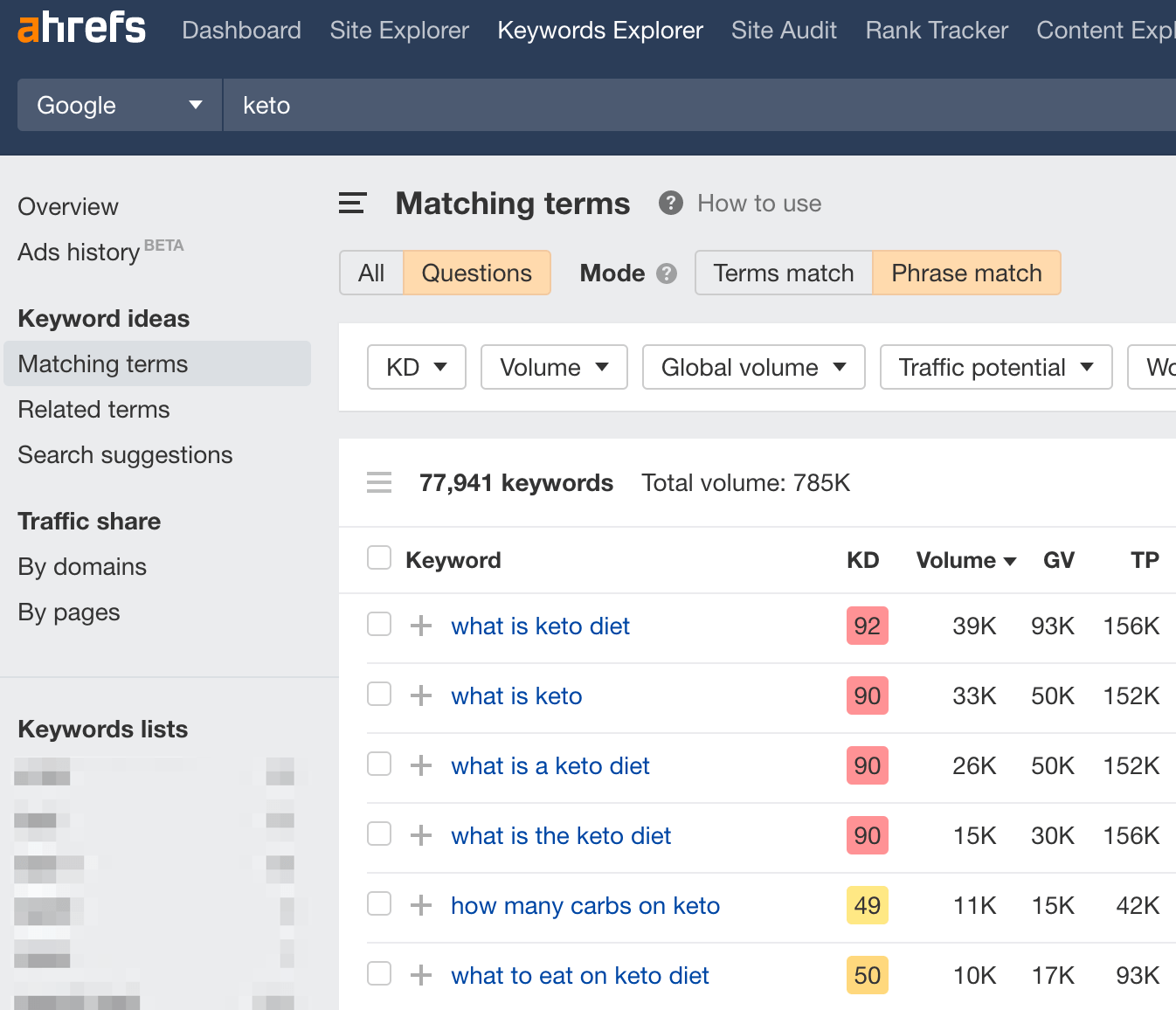

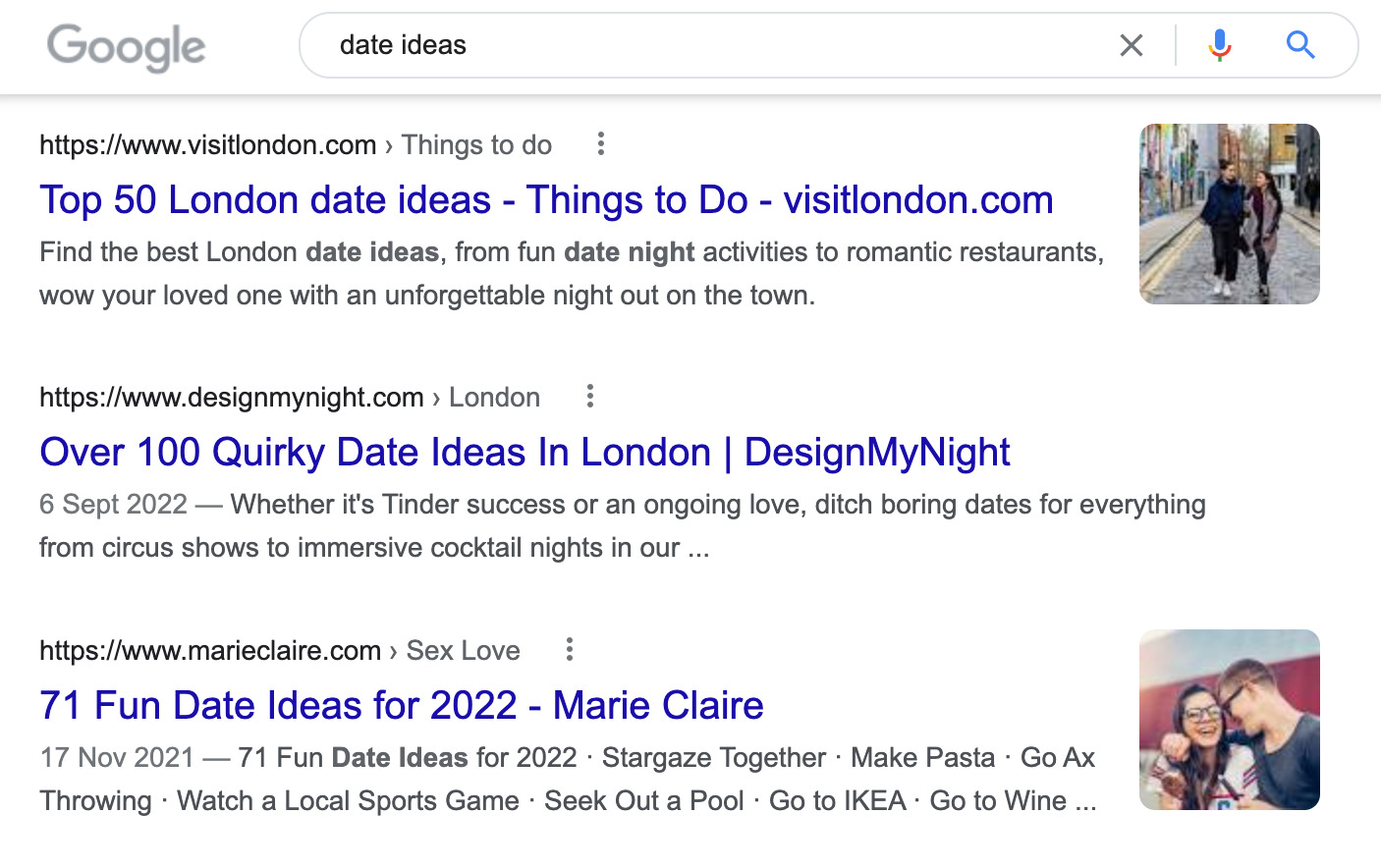
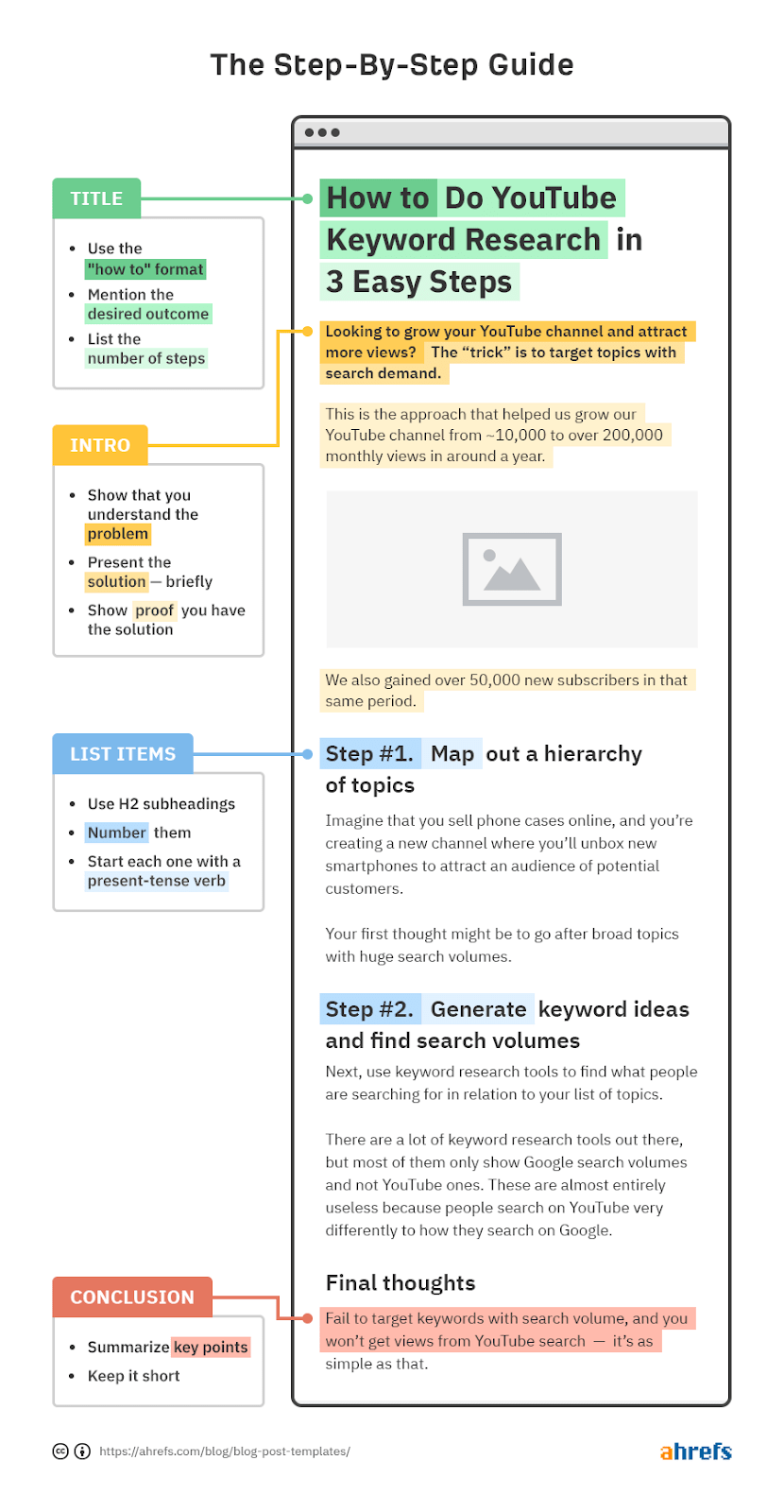
A. Use your expertise and experience
B. Run a content gap analysis
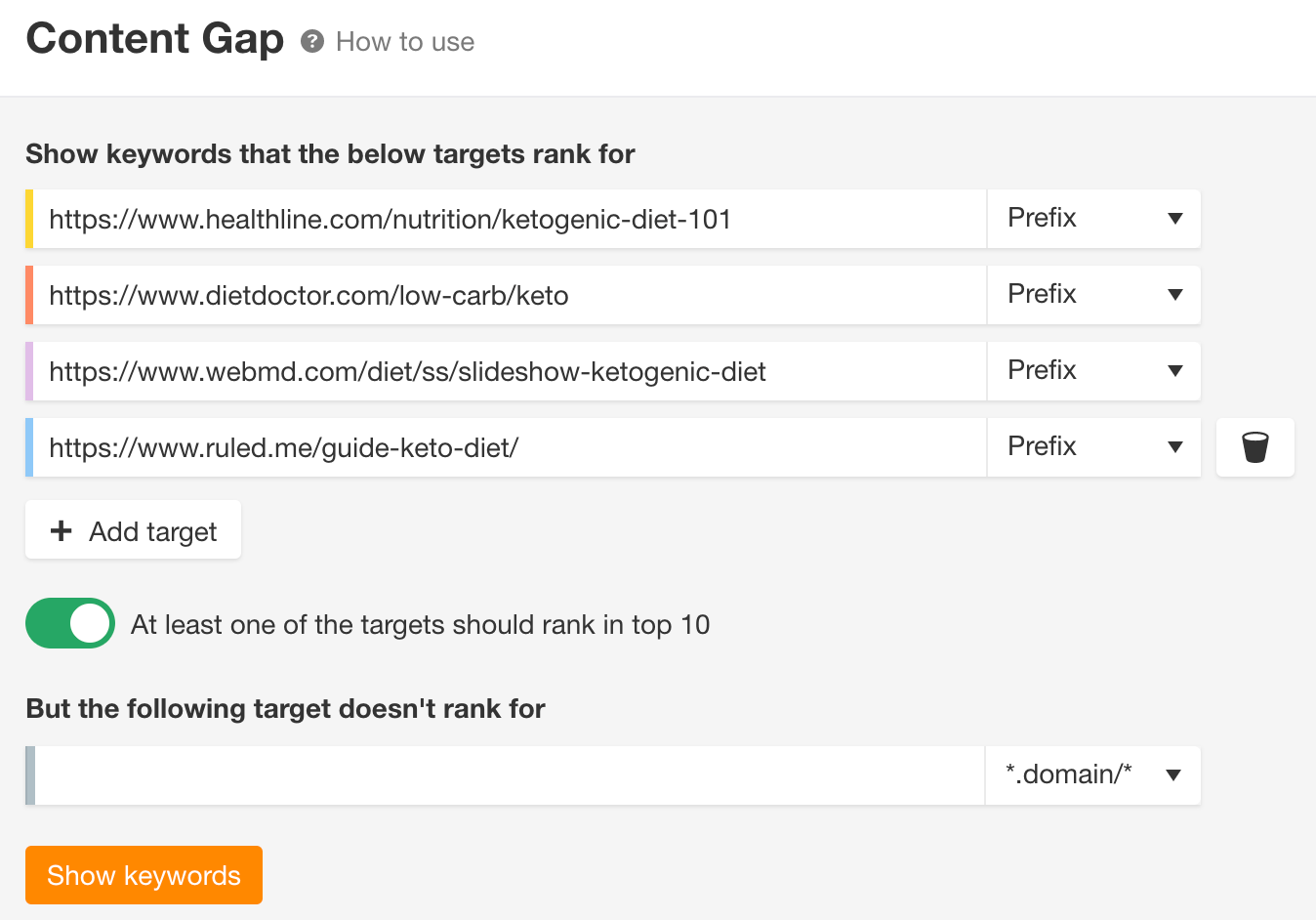
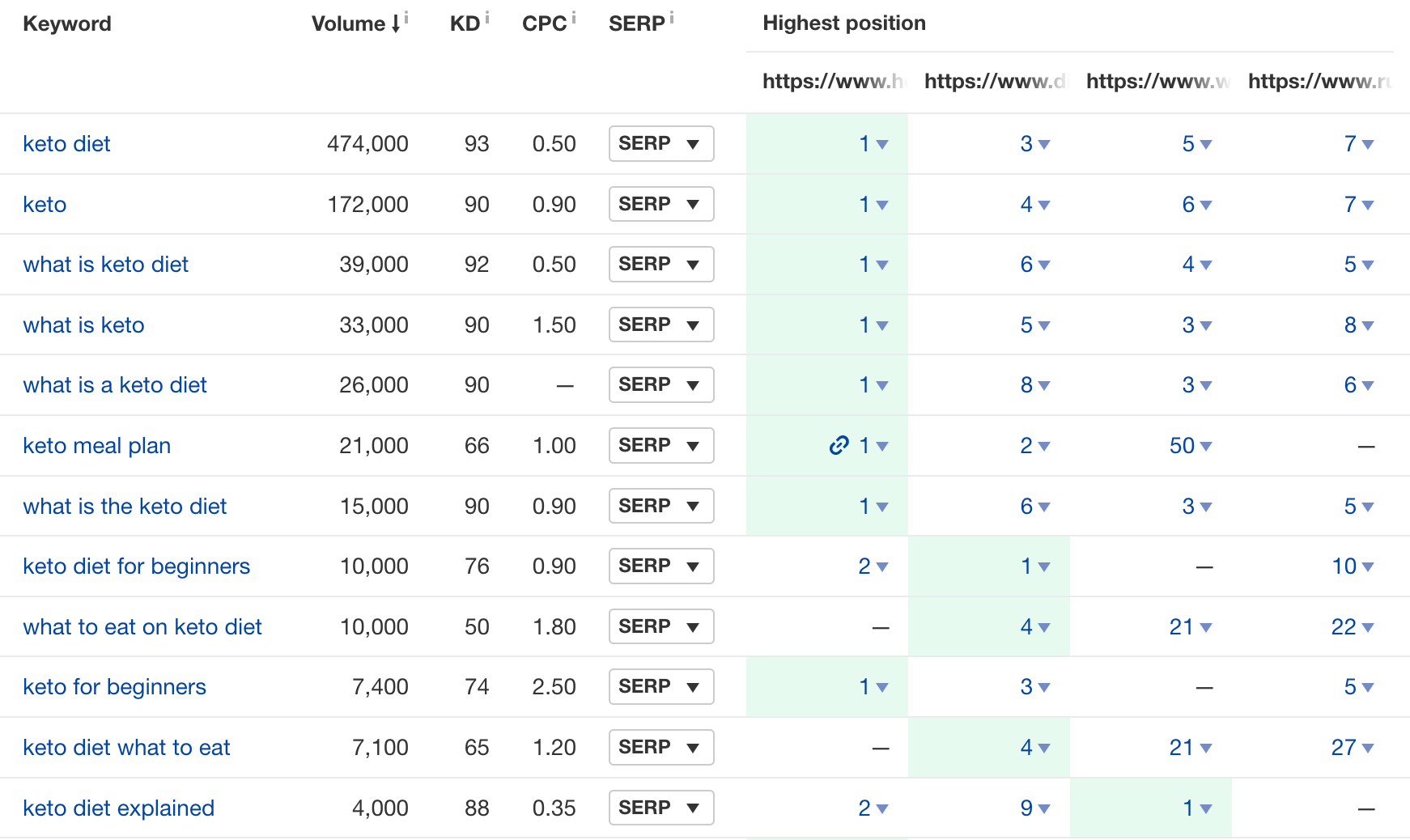
C. Look at People Also Ask boxes
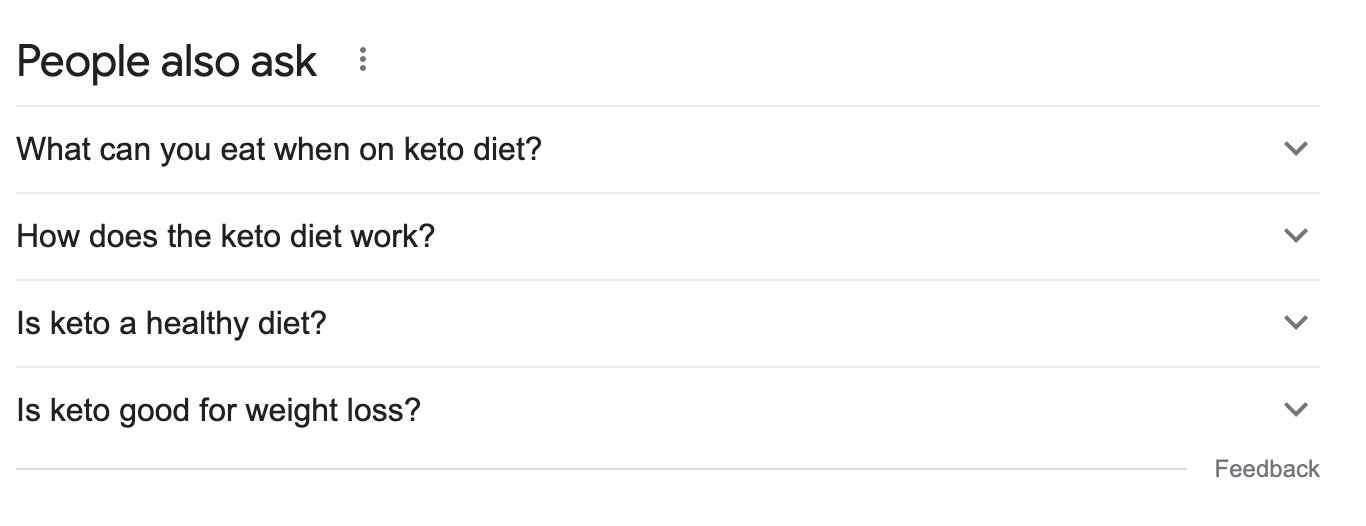

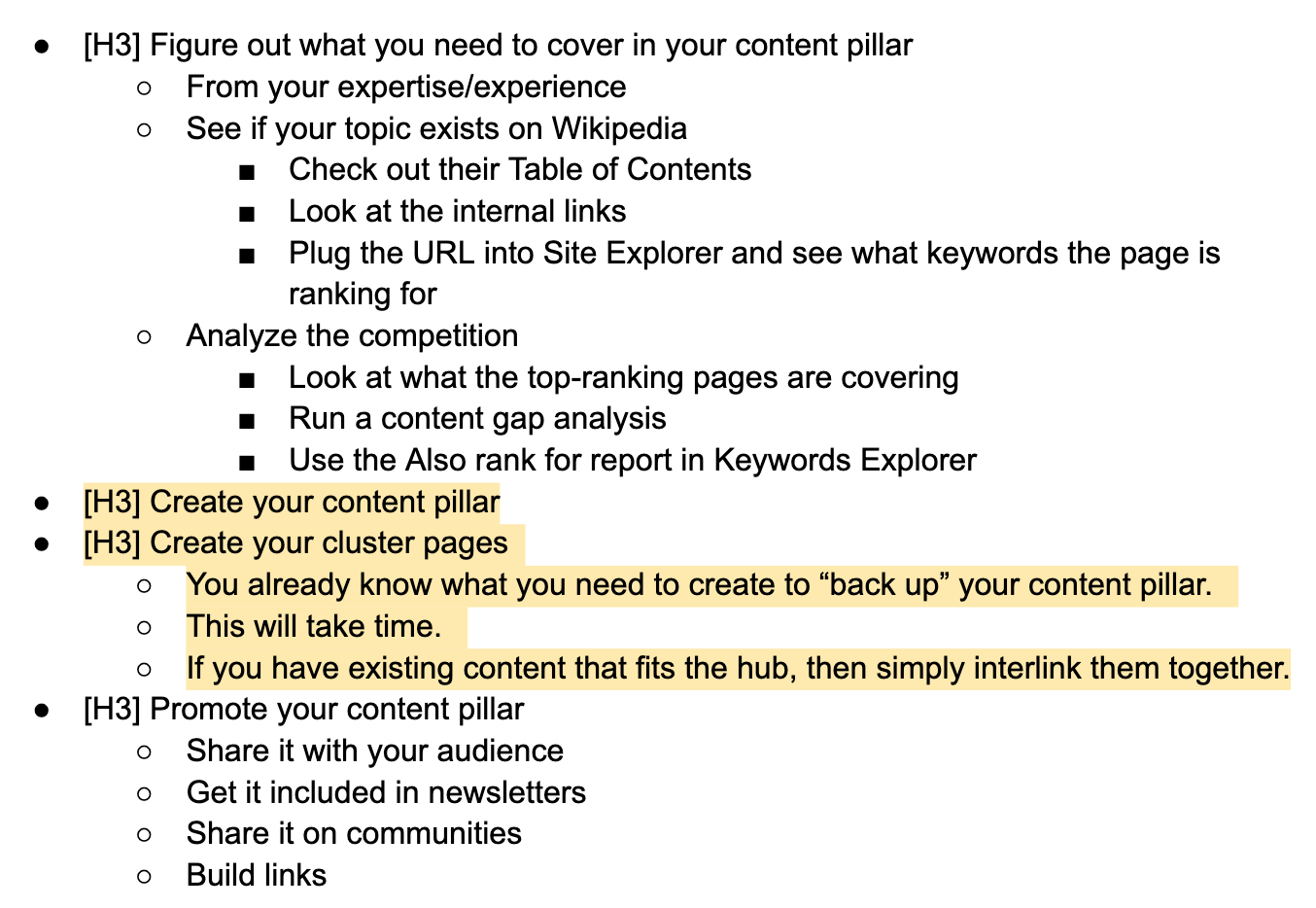
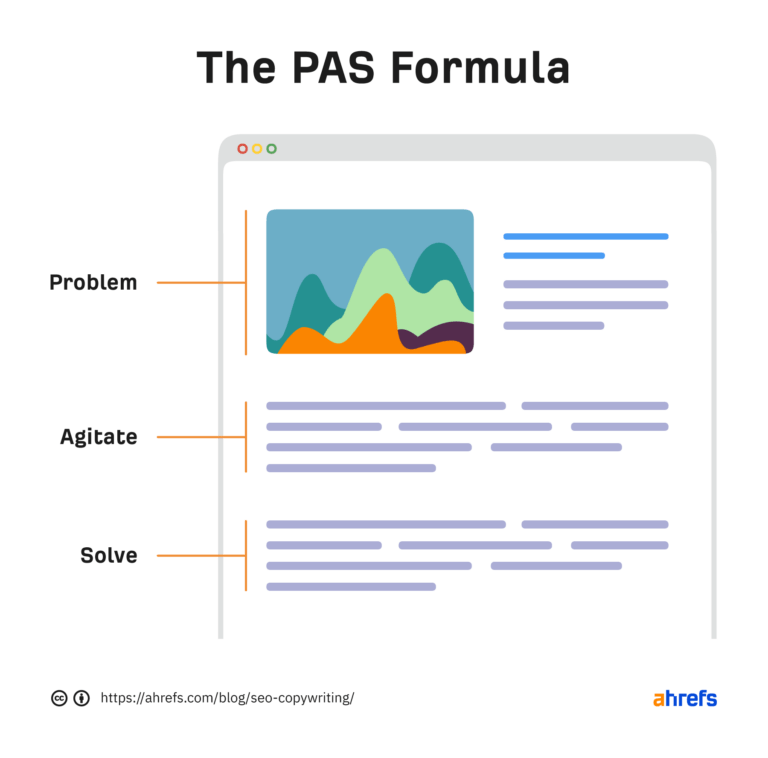

Final thoughts

 ValVades
ValVades 








